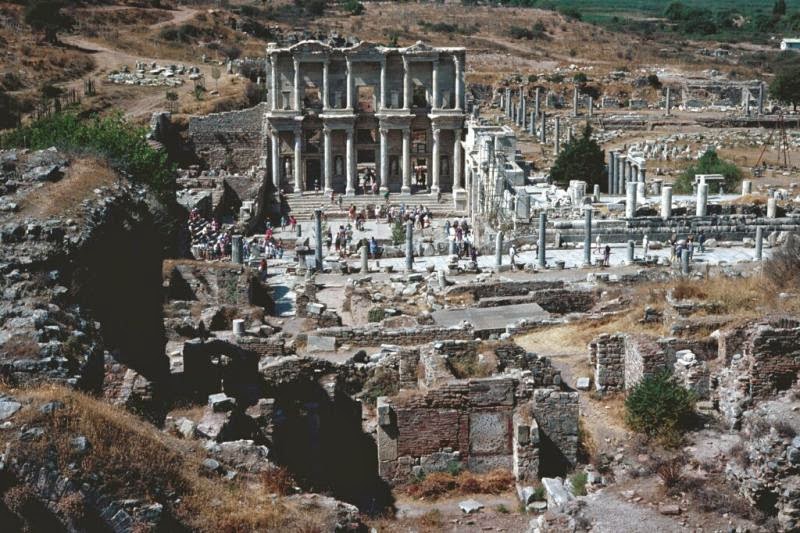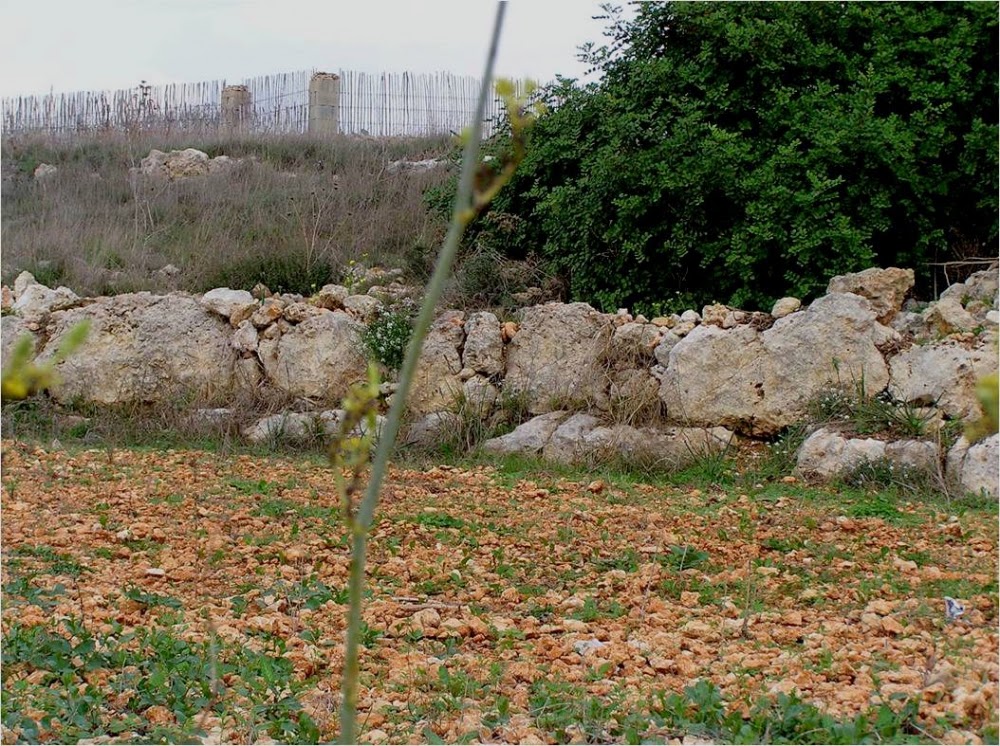Merry Wanderer of the Night:
history
The Bulldogs (based on an underground comic-book)

Libya: Years of conflict threaten archaeology in Libya

Italy: Italy unveils record haul of looted antiquities

Heritage: 35,000-year-old skeleton to return to Egypt

Heritage: Egypt moves to protect Islamic heritage sites

Central Asia: Disputes damage hopes of rebuilding Afghanistan’s Bamiyan Buddhas

Near East: Tourist interest in Lydian capital increases

Near East: Hittite site to become an open-air museum

Near East: Ephesus to be granted World Heritage status

Park of the United Nations
Heritage: Sale of Egyptian artefacts suspended in Australian auction house

Mini-reviews: Brooklyn Burning by Steve Brezenoff and Lie by Caroline Bock
New Vintage Interior of Parisian Shop
Aqua Tower by Studio Gang

Just Contemporary Guest Post! Jacinda from The Reading Housewives!
Near East: Hittite rock inscription to be 'taken under protection'

Malta: 50 new sites in Malta scheduled for protection

Just Contemporary Review: Past Perfect by Leila Sales
Memory Monday — Contemporary List
UK: Archaeologists slam Stonehenge tunnel plan


